Ants as host and intruder
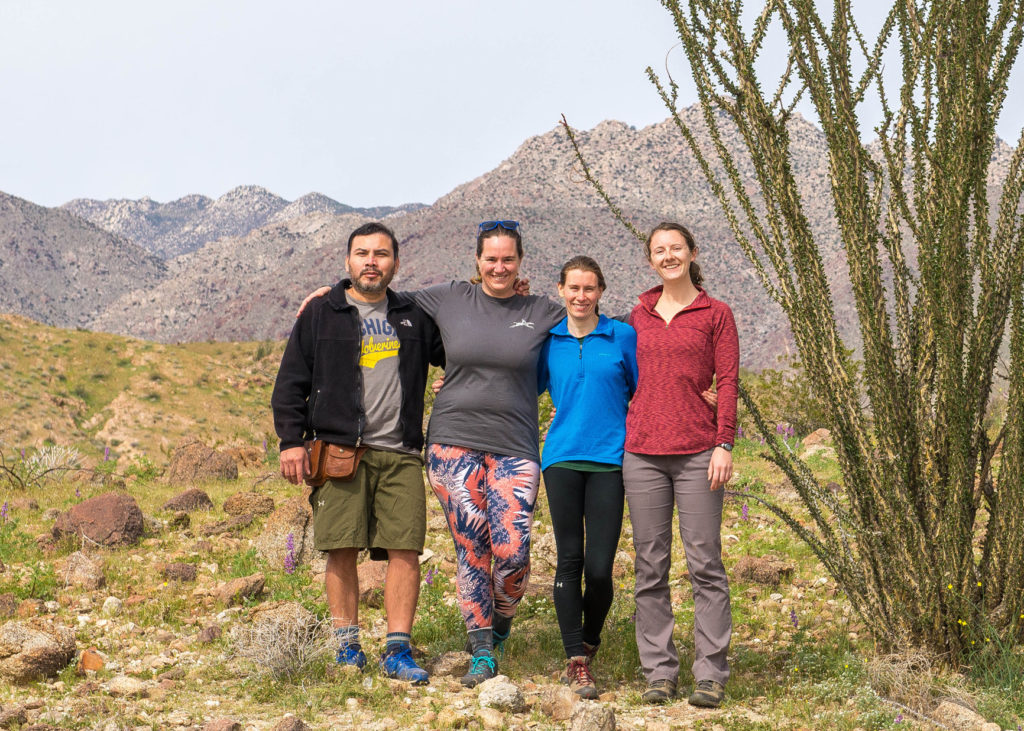
In the recently published review article: “Ants (Hymenoptera: Formicidae) as host and intruder: recent advances and future directions in the study of exploitative strategies” in Myrmecological News, Aldo de la Mora, Madison Sankovitz, and Jessica Purcell review recent advances in the study of social parasitism. Here, Madison Sankovitz highlights the main points and shares some pictures.
An Interview compiled by Alice Laciny, Patrick Krapf, and Lina Pedraza

MNB: Could you tell us a bit about yourself?
MS: My name is Madison Sankovitz, and I am a Ph.D. candidate in entomology in the Purcell Lab at the University of California Riverside, where I study ecology and genomics of social insects. In addition to my research, I love working on projects to creatively and effectively communicate science to more general audiences. I am the social media editor for Insectes Sociaux, a role in which I amplify research articles from the journal for the International Union for the Study of Social Insects (IUSSI). To disseminate this research, I work with social insect scientists on blog posts and interviews. Through the Science for Citrus Health platform, I educate both scientists and the general public about tools used in the battle against the citrus greening disease. I do marketing and communications for Science Talk, a non-profit organization that seeks to empower and inspire the science communication community to expand their communication potential. Additionally, I lead SciComm @ UCR, a graduate student group focused on practicing and training other graduate students in science communication. In general, I love traveling, creating art, going on outdoor adventures, and sharing coffee with friends.
MNB: Could you briefly outline your research on social parasitism you published in Myrmecological News in layman’s terms?
MS: We published an article reviewing the past decade of research on social parasitism in ants. Social parasitism happens when two or more ant species live in one nest or colony. Despite their reputation for building fortress-like colonies, ants and other social insects are vulnerable to foreign species infiltrating and exploiting them. What happens in these cases is that the parasitic species uses the resources and protection of their host species without contributing to colony maintenance, and this occurs throughout ant societies all over the world. In our article, we reviewed recent advances in the study of social parasitism with three goals: (1) consider how social parasitism arises within the ants, (2) examine the exploitative and defensive tactics employed by parasites and hosts at each stage of their interactions, and (3) integrate recent social parasite species discoveries into an overview of the global distribution of social parasites. We focused on some common types of social parasitism: temporary, queen-killing parasites, permanent, and species that steal young to build their own workforce. Through our classification of the components of social parasite evolution and our updated assessment of social parasite geographic distribution, we identified several knowledge gaps in the field. We closed with some proposed strategies and priorities for future research.
MNB: What is the take-home message of your work?
MS: Research on social parasites of ants has a long history of important insights, but it is also full of potential for future research. This group of organisms provides insights into the strengths and vulnerabilities of social groups, and into the ecological opportunities that social insects open for other organisms. The areas that we think are the most promising and wide open for ongoing investigation are:
– Speciation mechanisms in social parasites and hosts
– Quantifying costs of social parasitism
– Comparative demography, both for coevolution and assessment of costs
– Studies of convergent evolution among parasites employing similar strategies and hosts defending against similar parasites
– Systematic analysis of the biogeographic distribution of each social parasite strategy
– Genetics/genomics/metagenomics of convergence, adaptive mechanisms, and gene reduction
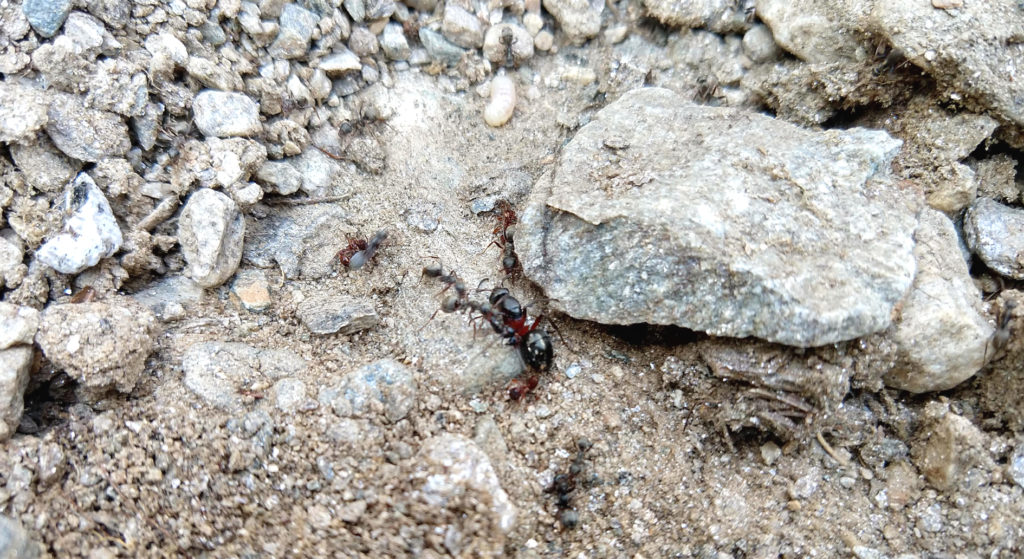
MNB: What was your motivation for this study?
MS: Aldo de la Mora, another author of the review, was a postdoc in the Purcell Lab at the time. He joined the lab with a great interest in social parasitism, and it was one of the things he loved to discuss while we sat together at the lab bench. I had never studied social parasitism before, but his enthusiasm for the subject got me hooked. Myrmecological News invited our lab to write the review article, and we jumped at the opportunity to delve into the literature further. It is such an important topic in myrmecology, but we realized that it hadn’t been reviewed in the past decade. We enjoyed being put to the task!
MNB: What was the biggest obstacle you had to overcome in this project?
MS: The review has a 23-page supplementary table summarizing host/parasite relationships that have been described or discussed in the literature since 2000. Although we all helped put together this table, Aldo did the vast majority of the work on it, and it took months to compile! We had so many rounds of revisions that I lost count. We wanted the table to serve as a reference tool for any researcher interested in social parasitism, so we took a lot of time to go through all the literature and painstakingly double-check every host/parasite relationship that has been discovered. The time and precision necessary to create this table was the central obstacle of our review, and many thanks to Aldo, we’re very proud of the final product!

MNB: Do you have any tips for others who are interested in doing related research, besides reading your review article, of course?
MS: For others who are interested in studying social parasitism in ants, I would suggest tackling any of the areas that we think are the most promising and wide open, outlined above! There is so much yet to learn about this fascinating phenomenon. Additionally, there is a need for a considerable sampling effort in Africa and Oceania. There are likely many instances of social parasitism there that are yet to be discovered.
MNB: Where do you see the future for this particular field of ant research?
MS: With recent advances in sequencing technology and our ability to study genetics and genomics, I think there will be a focus on discovering the underlying mechanisms of social parasitism. Through ants, we can learn so much about why some species take advantage of others and the intricate systems that have evolved to both foster exploitation and protect against exploitative behavior. This is not a topic that is exclusive to ants; other social insects such as termites and bumblebees also exhibit social parasitism. In the future, I am excited to see interdisciplinary collaboration among social insect scientists!
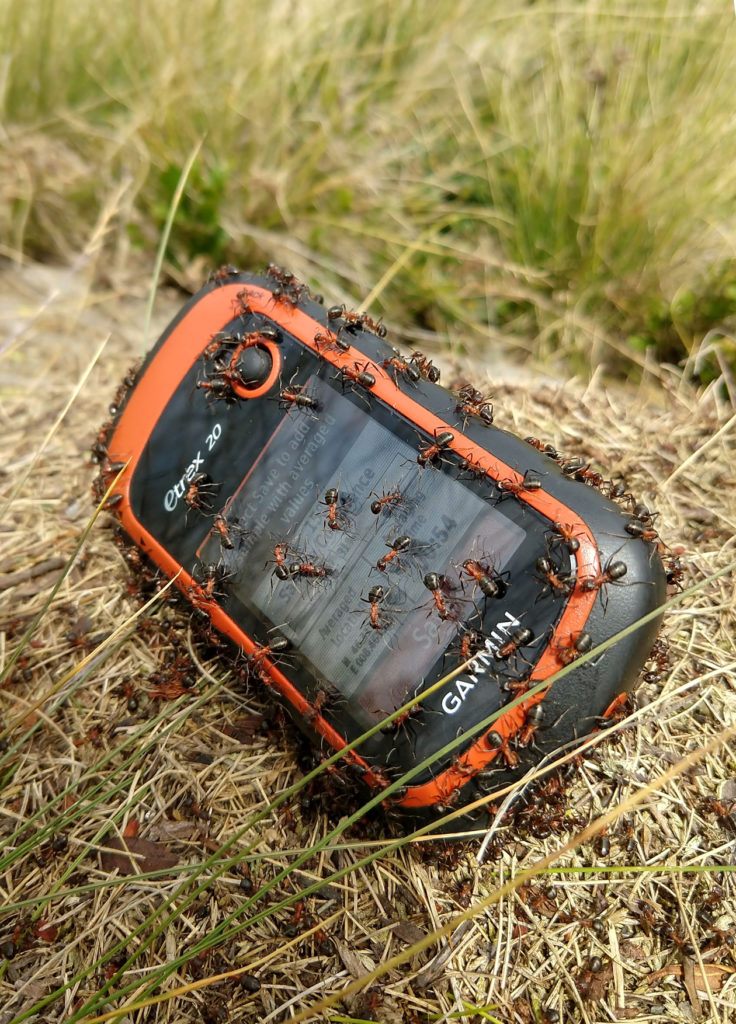


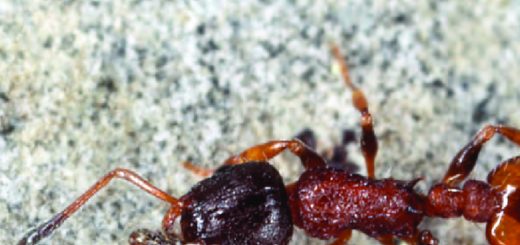
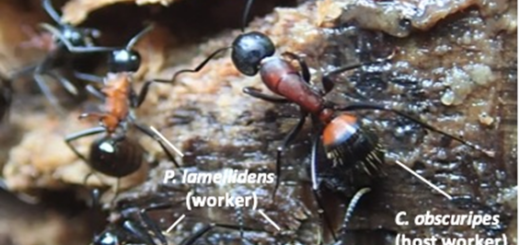

It is indeed a very good review but must be read with the article of Buschinger in volume 12. Great Job!!!